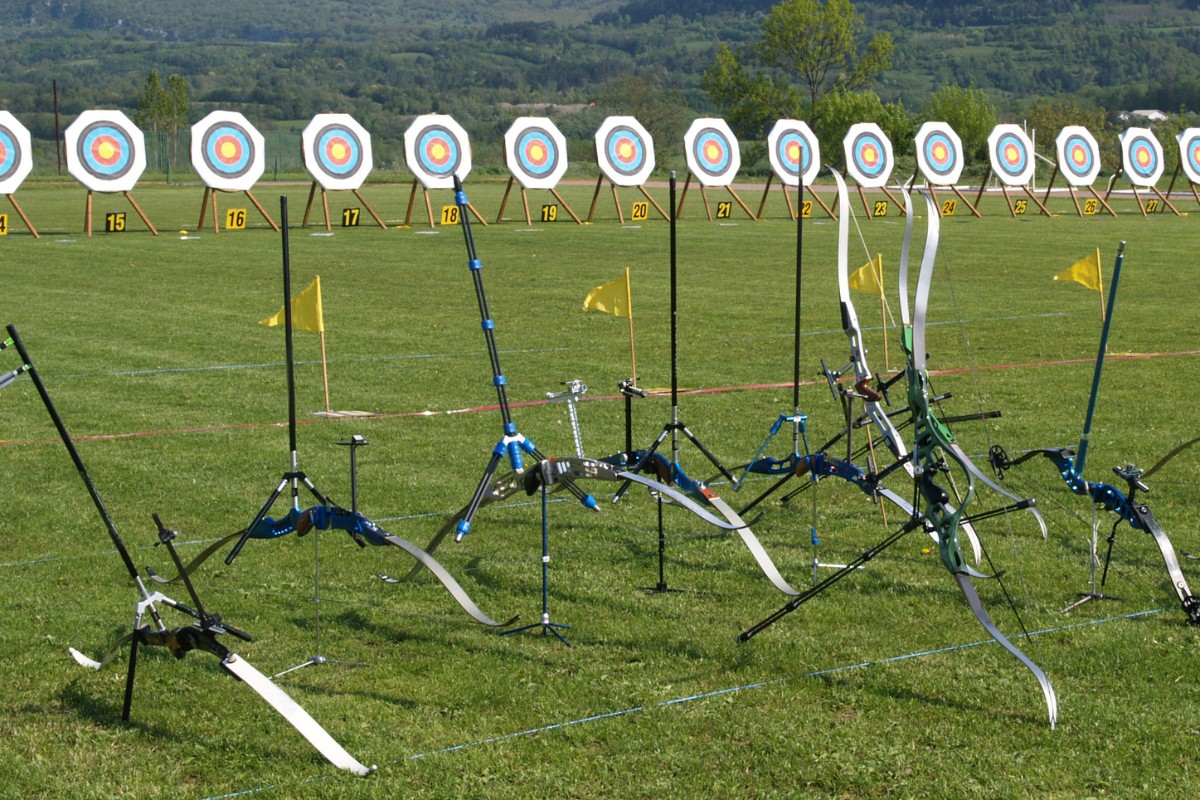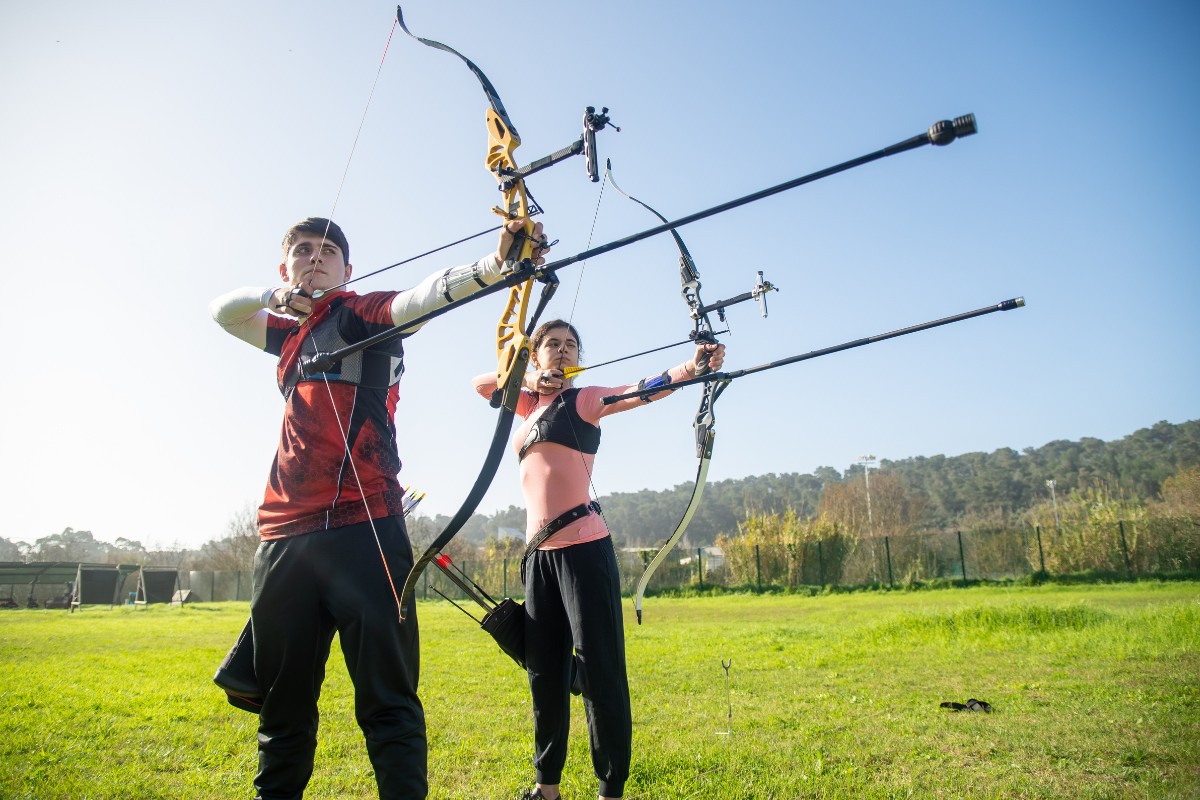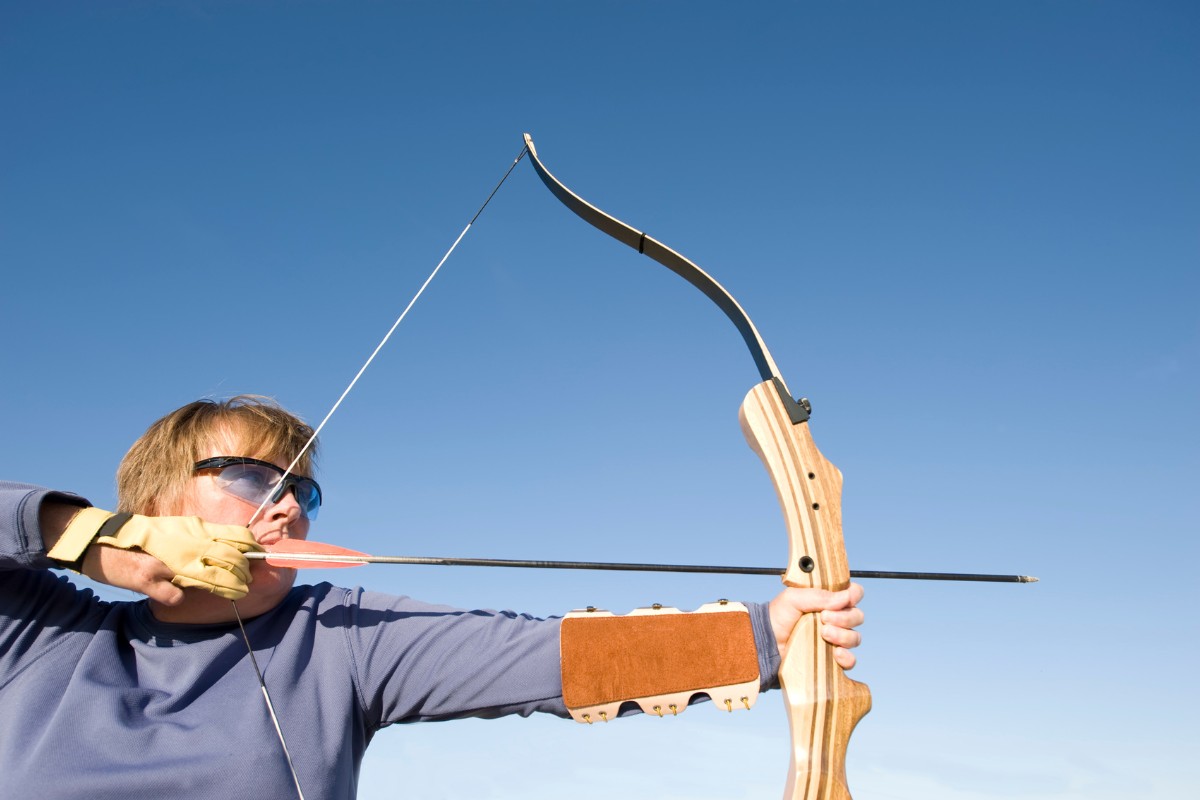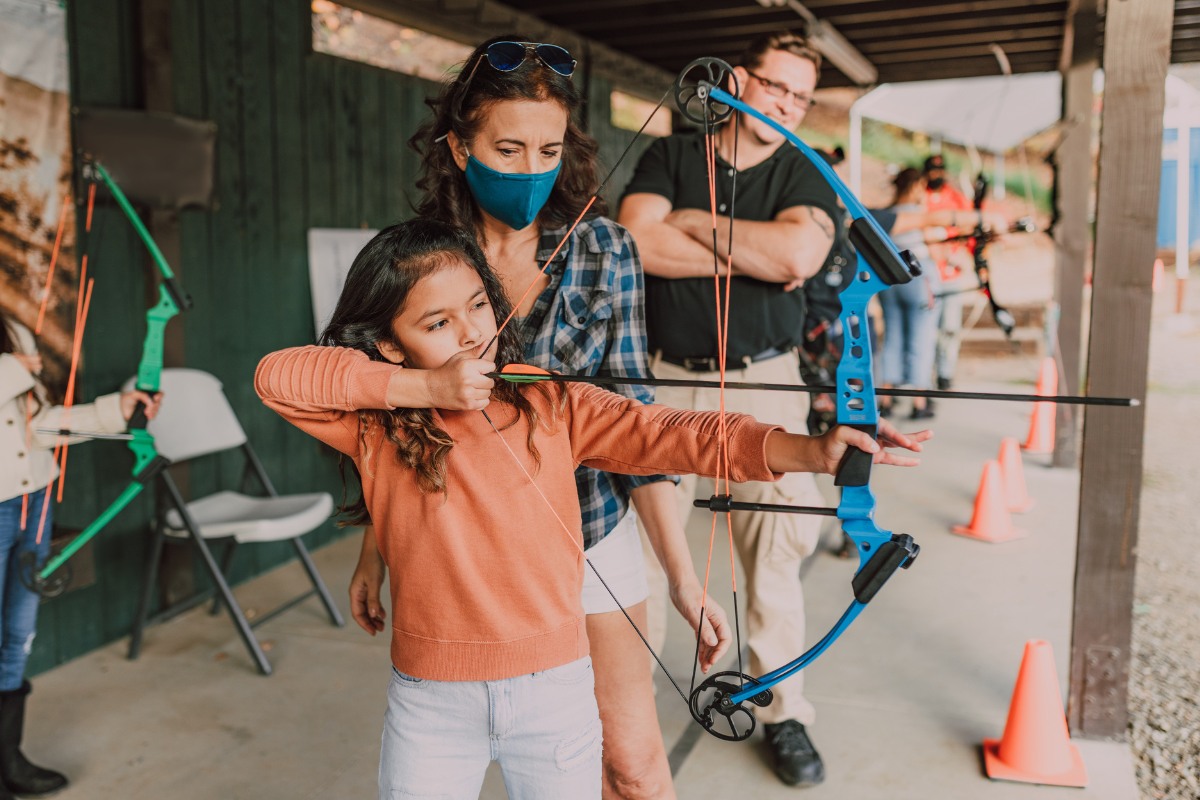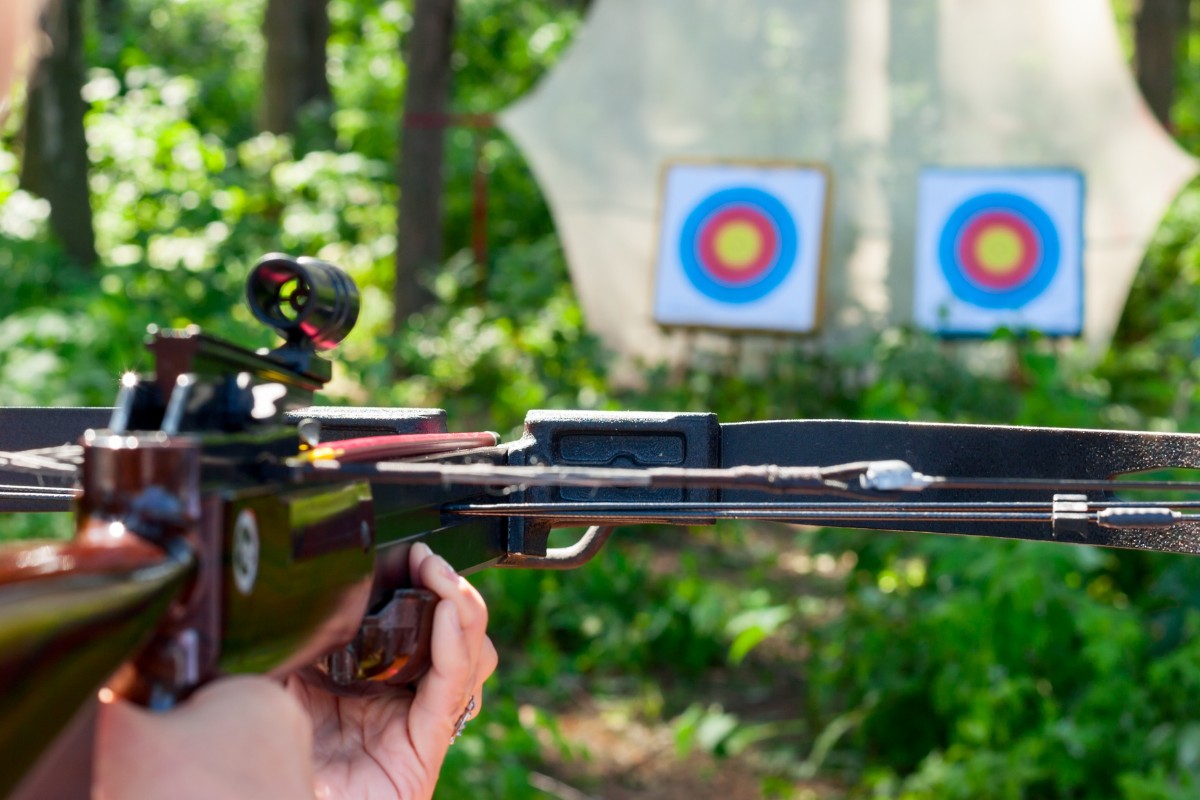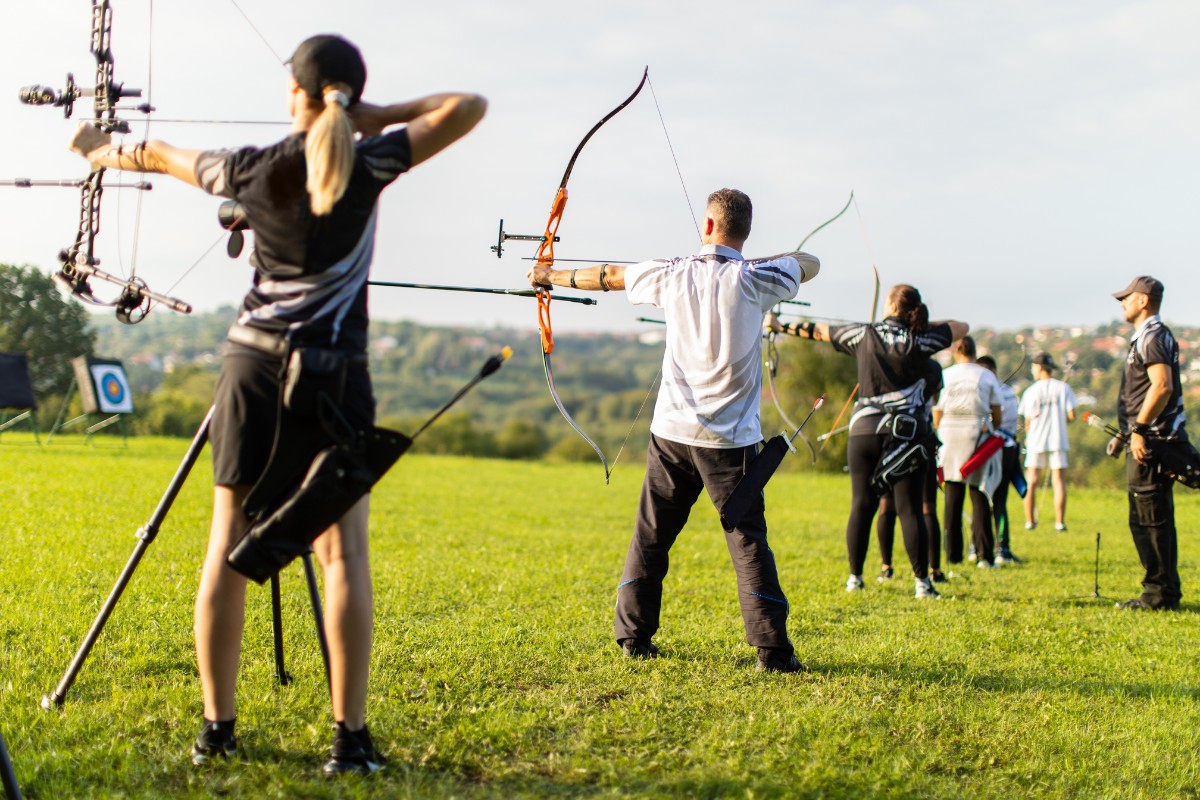Imagine that a 5,000-year-old tomb in Ancient Egypt was opened by archaeologists and, later, when the news of the treasures in the tomb trickled their way to the public, you found that the body was accompanied by a bow and arrows.
Would you feel a much closer, more immediate kinship with this mystery person of long ago after learning that?
Archery is a survival skill and a sport that has been passed down from generation to generation since human prehistory, even 8,000 years ago. If time were a line, we wouldn’t be able to see the point on it where one of our ancestors took up the first bow and fired the first arrow. And, however ancient the sport might be, it’s still relevant and enjoyable for people like you and me. But, like any ancestral skill, it can sometimes seem mystifying. Many different techniques and kinds of equipment developed—in part because of variable needs in hunting, sports, and warfare.
If you’ve recently taken up archery or if you want to understand its details and categories better, you’re in the right place. This is a list of the four types of bows. Armed with this knowledge, it’ll be easier to figure out what you want to try next!
The Recurve Bow
Hawkeye, anyone? If you’re familiar with this well-known character, then you know he shoots a recurve bow! It is defined by having two limbs (the lower and top halves) that, when not strung, make a sloping curve inwards and away from the archer. This curve is designed to add extra force to your arrows while keeping the bow short and manageable.
What are they used for? Originally, agile warfare. But, nowadays, recurve bows are frequent sights at world-class archery competitions. Though the earliest recurves—used over 4,000 years ago—were only made using wood, modern ones can also be made of additional materials such as light and strong carbon or fiberglass. These materials are standard for Olympic recurve bows.
This bow will train your accuracy skills, open the doors of top sports competitions, and—who could forget it?—make you look like Hawkeye.
The Compound Bow
No bow has a more badass or futuristic look to it than the compound. All those pulleys, bits, and stiff limbs have a clear purpose, though: to enhance the overall performance of your shot.
How does it work? Basically, it uses a system that doubles the string’s pull and builds up force that decreases the amount of work your arms have to do. This means you get longer, more stable, and controlled shots. Put simply, the compound bow gives you a technological advantage.
When was this type of bow invented? It was created about half a century ago—in the sixties—in Missouri, and it carries the legacy of millennia of archers one technological step further. It’s usually made of pretty tough materials, such as aluminum or carbon.
Because of the increased shot length and stability, as well as ease of use over long periods, the compound bow is the perfect choice for hunting. Remember that, no matter how much more steadiness and force a compound gives you, it’s certainly not cheating: you still have to work on your own fitness and skill.
The Traditional Bow
The traditional category of bows puts the spotlight on historically accurate, simple bows. These are generally one of two types: recurve or longbow. Let’s cover the longbow!
This bow was created in the British Isles, probably over 4,000 years ago. However, medieval times are the period we usually associate with the rise of the longbow, the weapon that made English and Welsh armies so fearsome to their enemies. The tallest medieval longbows measured up to 2.11 meters. Try drawing that.
Modern-day longbows keep the wooden structure (originally yew) and limbs that curve gently towards the archer and avoid adding extra embellishments or aids (such as sights). They can also be made using carbon or fiberglass materials. The longbow allows for greater length of shot but can be notoriously hard to draw and aim well. A real challenge.
Ever wanted to be one of those elven archers in Peter Jackson’s Lord of the Rings movies? If so, this is the place to go! Now, don’t get wild: you won’t be firing flaming arrows at myriads of evil enemies while you wait for an unpunctual wizard to show up. No one uses longbows for warfare anymore. However, you can take part in many sports competitions that focus on traditional archery, as well as in reenactment events of all sorts. Want to dress up as Legolas? No one’s stopping you from living your best life!
The Crossbow
This type of bow looks and feels quite different from the previous ones. The lowdown: it’s held horizontally (which is already quite a change) and shoots a bolt instead of an arrow (a bolt is shorter and heavier, and it tends to be more powerful). Before firing the bolt, you need to cock it into place manually or using a mechanical lever (think of that Tyrion scene in Game of Thrones). It is designed to be way easier to shoot and carry than other bows.
Crossbows are generally used for hunting, and they’re pretty fun to work with. If you’d rather skip the (perhaps years-long) process of becoming good at conventional archery and just cut to the chase, the modern crossbow is your weapon of choice!
Final Thoughts
Gone are the days when you thought all archery bows were the same! Now you know more and better information that lets you appreciate the beauty of this sport even more than before. Whether you want to feel like a modern, badass superhero straight out of the latest film, or like a stealthy soldier from the Middle Ages, there is a bow that’s waiting for you.
So, if you are reading this and considering heading out to the range, joining a new class, or buying a new and exciting kind of bow, go for it! There is nothing like the feeling you get when you fire a perfect shot. Choose your bow and start working to feel that today!
